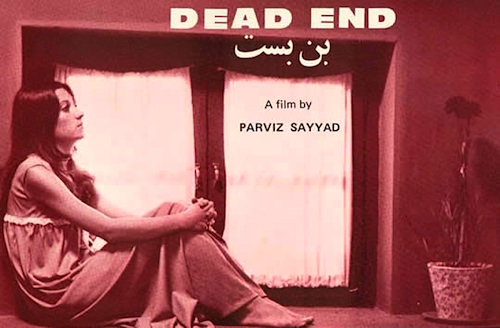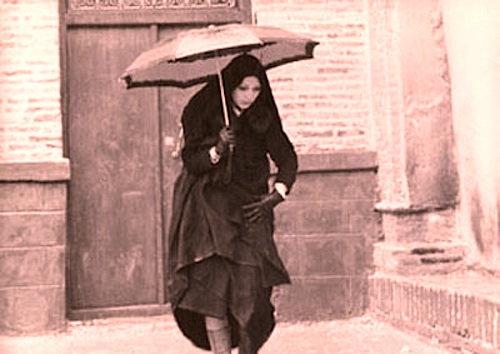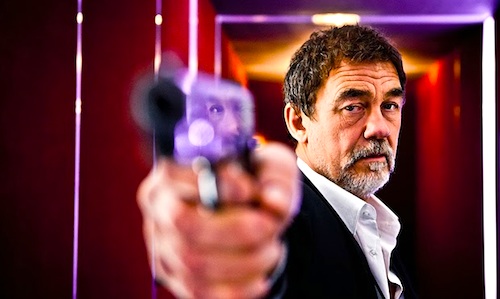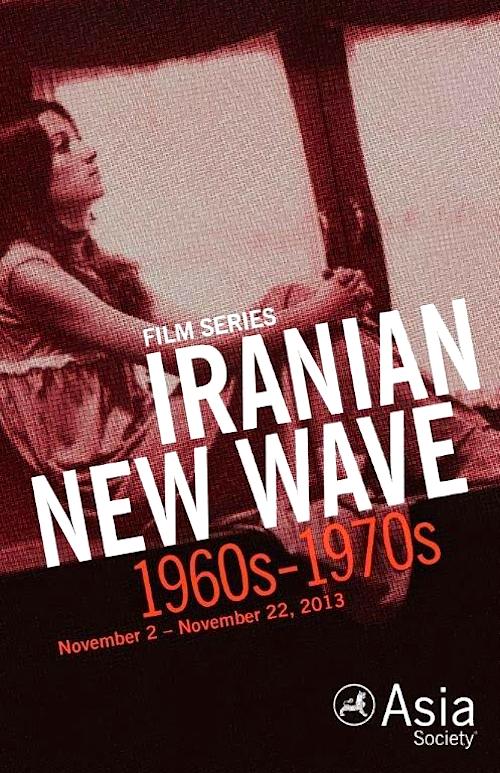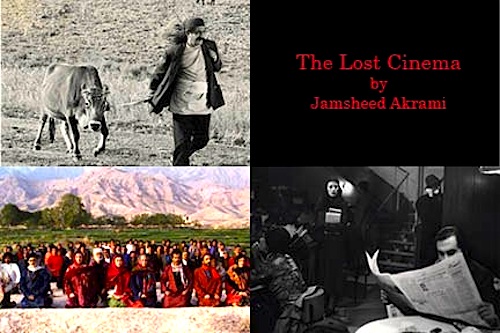[Editor’s Note: the post below appears today at The Huffington Post.]
By Govindini Murty. There are few things more important than the energy that powers our civilization. And yet, generating that energy involves difficult trade offs between human progress and the environment. Whether it was Prometheus who stole fire from the gods or Pandora who opened Zeus’ box, the human desire for knowledge and development has often conflicted with nature’s implacable will.
Nothing symbolizes this more in the modern age than nuclear power. Academy Award-nominated director Robert Stone’s provocative new documentary Pandora’s Promise, airing November 7th on CNN, takes a surprising look at this most controversial of energy technologies. I saw Pandora’s Promise earlier this year at the Sundance Film Festival and interviewed Robert Stone in person about this much-debated film.

Pandora’s Promise interviews a series of notable environmentalists who were formerly anti-nuclear activists but who changed their minds and became proponents of nuclear energy (director Robert Stone himself made this journey). Stewart Brand, Michael Shellenberger, Mark Lynas, and Gwyneth Craven make their case for why nuclear power (which gives off no CO2 emissions) is the best option for fulfilling the rapidly growing energy needs of the planet without increasing fossil fuel consumption.
Although I had a considerable bar of skepticism to overcome given the high-profile nuclear accidents that have occurred, the film did take the time to examine these. Stone and his subjects traveled to the Three Mile Island, Chernobyl, and Fukushima nuclear plants and examined the design flaws that led to their infamous accidents (Chernobyl, for example, had no containment structure). The film argues that such reactors would never be built today.
Pandora’s Promise also interviews nuclear scientists about what it states are the vastly better fourth generation of nuclear reactors (for which Bill Gates is funding some of the research) that can recycle their own fuel and are impossible to melt down. The film contrasts this with the thousands of coal power plants that are being built in China and the developing world today at enormous environmental cost.

While I don’t know if nuclear energy is the answer (I’d like to know a lot more first), Pandora’s Promise did open my eyes to the costs of renewable energy, such as with wind and solar (wind uses oil and gas-powered backup generators, solar panels are toxic to manufacture). It also inspired me to think that there may be cleaner, more high-tech options on the horizon to generate energy – options we don’t even know about, but that are worth rigorously investigating.
Beyond the specific issue of nuclear energy, however, the most interesting aspect of Pandora’s Promise is that it highlights the ethical imperative of using science to lift billions of people around the world out of poverty. This focus on improving human lives and alleviating poverty is notably missing from many discussions of the subject.
For example, when I lived a year in Borneo as a teenager while my mother worked on an agricultural development project, the tribes-people we visited in the rainforest would raise the question: why should they remain poor and undeveloped while we in the West enjoyed all the comforts of electricity and technology? Similarly, a bright and idealistic cousin of mine who works in the electric utilities field in India asked me what right the developed world has to demand that India not build more power plants when electricity is crucial to improving the lives of hundreds of millions of their poor? Continue reading LFM’s Govindini Murty at The Huffington Post: A Conversation With Director Robert Stone of Pandora’s Promise; Film Debuts Tonight (11/7) on CNN

